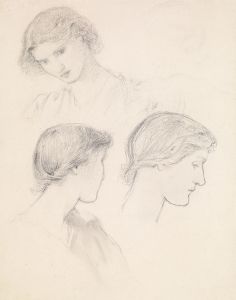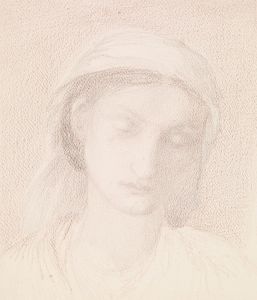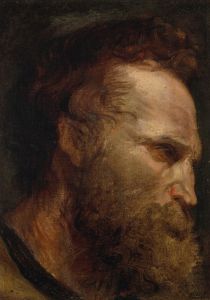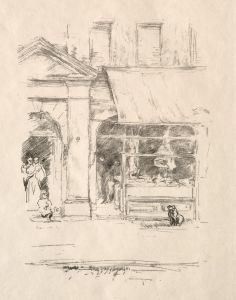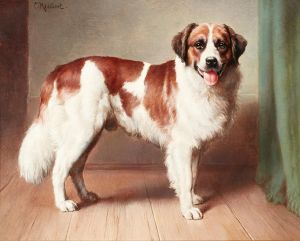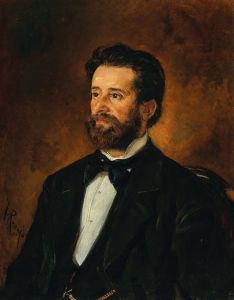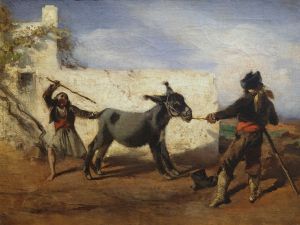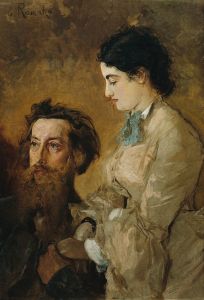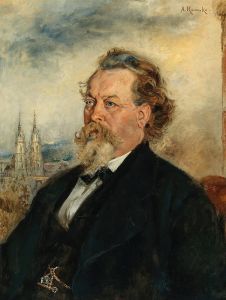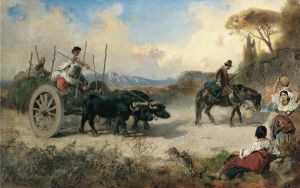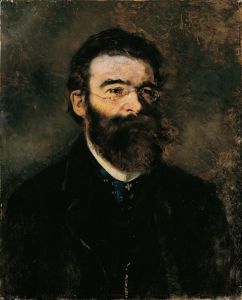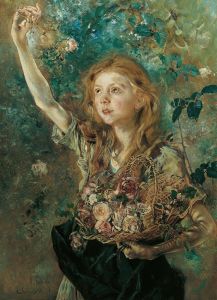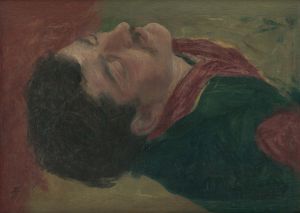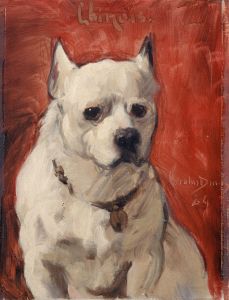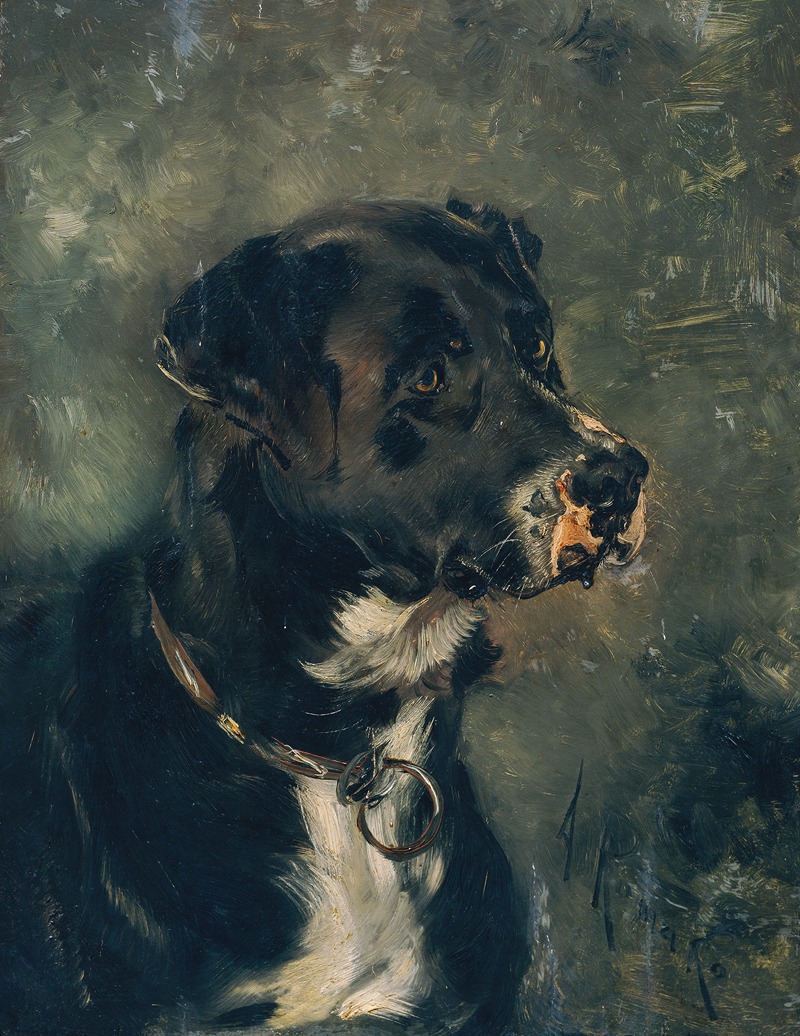
Kopf eines Fleischerhundes Hundekopf
A hand-painted replica of Anton Romako’s masterpiece Kopf eines Fleischerhundes Hundekopf, meticulously crafted by professional artists to capture the true essence of the original. Each piece is created with museum-quality canvas and rare mineral pigments, carefully painted by experienced artists with delicate brushstrokes and rich, layered colors to perfectly recreate the texture of the original artwork. Unlike machine-printed reproductions, this hand-painted version brings the painting to life, infused with the artist’s emotions and skill in every stroke. Whether for personal collection or home decoration, it instantly elevates the artistic atmosphere of any space.
Anton Romako was an Austrian painter known for his unique style that bridged the gap between the academic tradition and modernism. One of his lesser-known works is "Kopf eines Fleischerhundes" or "Head of a Butcher's Dog." This painting exemplifies Romako's ability to capture character and emotion, even in the depiction of animals.
Anton Romako was born on October 20, 1832, in Atzgersdorf, near Vienna. He studied at the Academy of Fine Arts in Vienna and later in Munich, Venice, and Rome. Romako's career was marked by a struggle for recognition, as his style was often at odds with the prevailing tastes of his time. He is best known for his historical and genre scenes, as well as his portraits, which often exhibit a psychological depth that was ahead of its time.
"Kopf eines Fleischerhundes" is a testament to Romako's skill in rendering texture and expression. The painting focuses on the head of a dog, presumably a butcher's dog, capturing the animal's alertness and vitality. Romako's use of color and brushwork brings out the sheen of the dog's fur and the intensity of its gaze. The background is typically subdued, ensuring that the viewer's attention remains on the subject.
Romako's animal paintings are less documented than his portraits and historical scenes, but they share the same attention to detail and emotional resonance. In "Kopf eines Fleischerhundes," Romako demonstrates his ability to convey the personality of his subject, a trait that is evident in his more famous works as well.
During his lifetime, Romako's work was not widely appreciated, and he faced financial difficulties. His style, which often included loose brushwork and a focus on psychological depth, was not in line with the academic standards of the time. It was only after his death on March 8, 1889, that his work began to receive the recognition it deserved. Today, Romako is considered an important figure in Austrian art, and his works are appreciated for their innovative qualities and emotional depth.
"Kopf eines Fleischerhundes" may not be as well-known as some of Romako's other paintings, but it is a fine example of his ability to capture life and character in his subjects. The painting reflects Romako's interest in exploring the boundaries of traditional portraiture, extending it to include animals with the same level of seriousness and attention to detail.
Romako's legacy is that of a pioneer who paved the way for modernist approaches in art. His works, including "Kopf eines Fleischerhundes," continue to be studied and admired for their unique contribution to the development of European art. While detailed information about this specific painting is limited, it remains a part of Romako's broader oeuvre that showcases his distinctive style and artistic vision.





